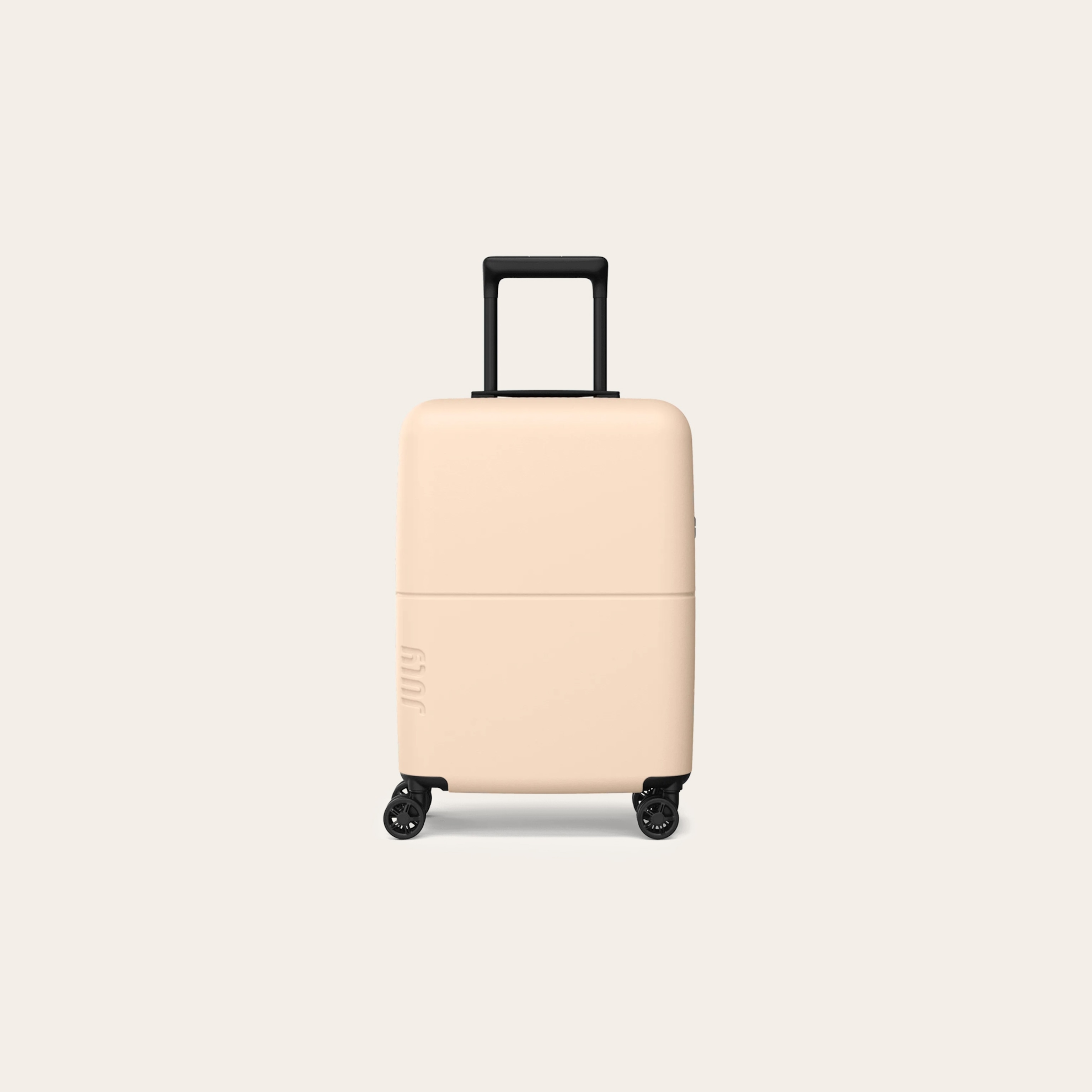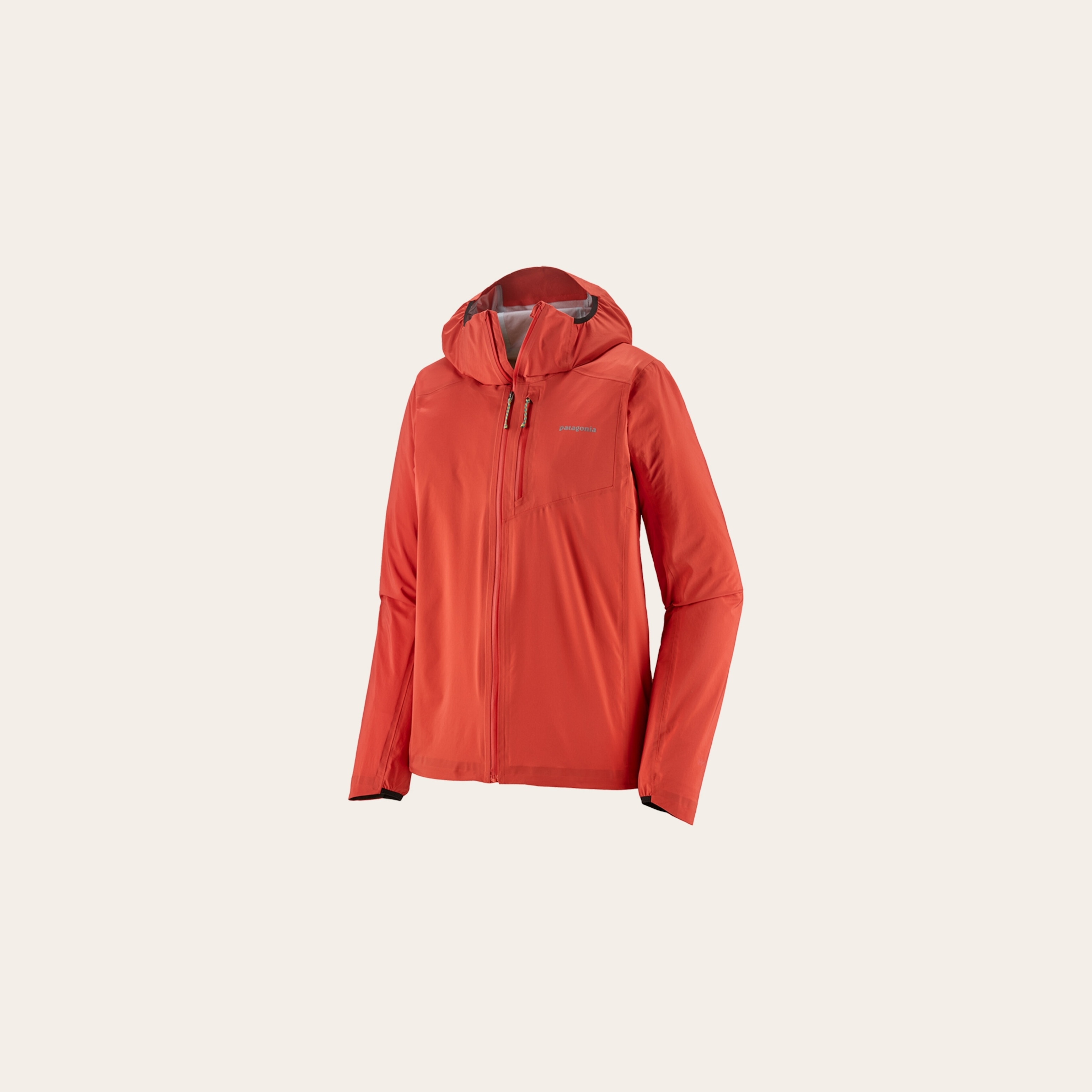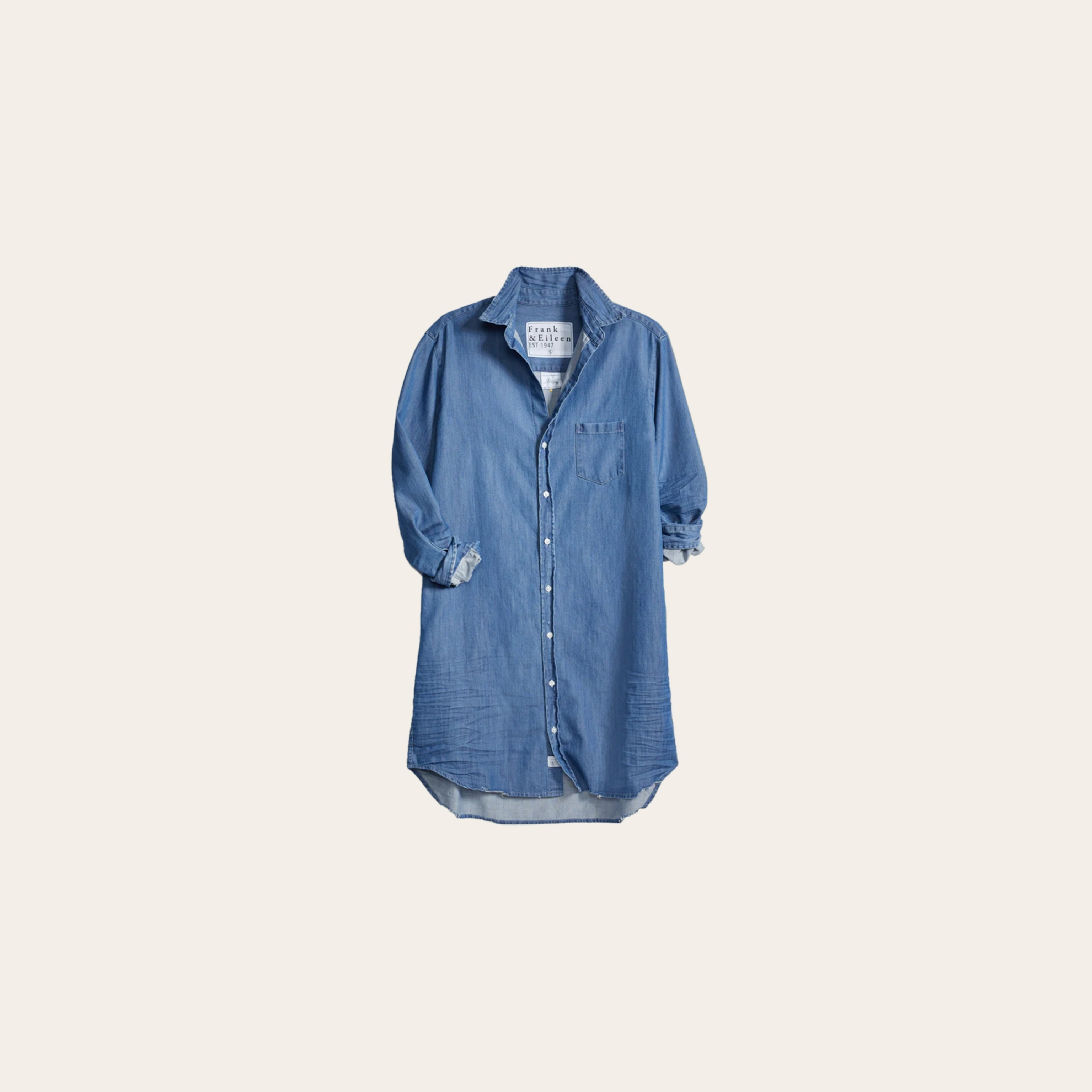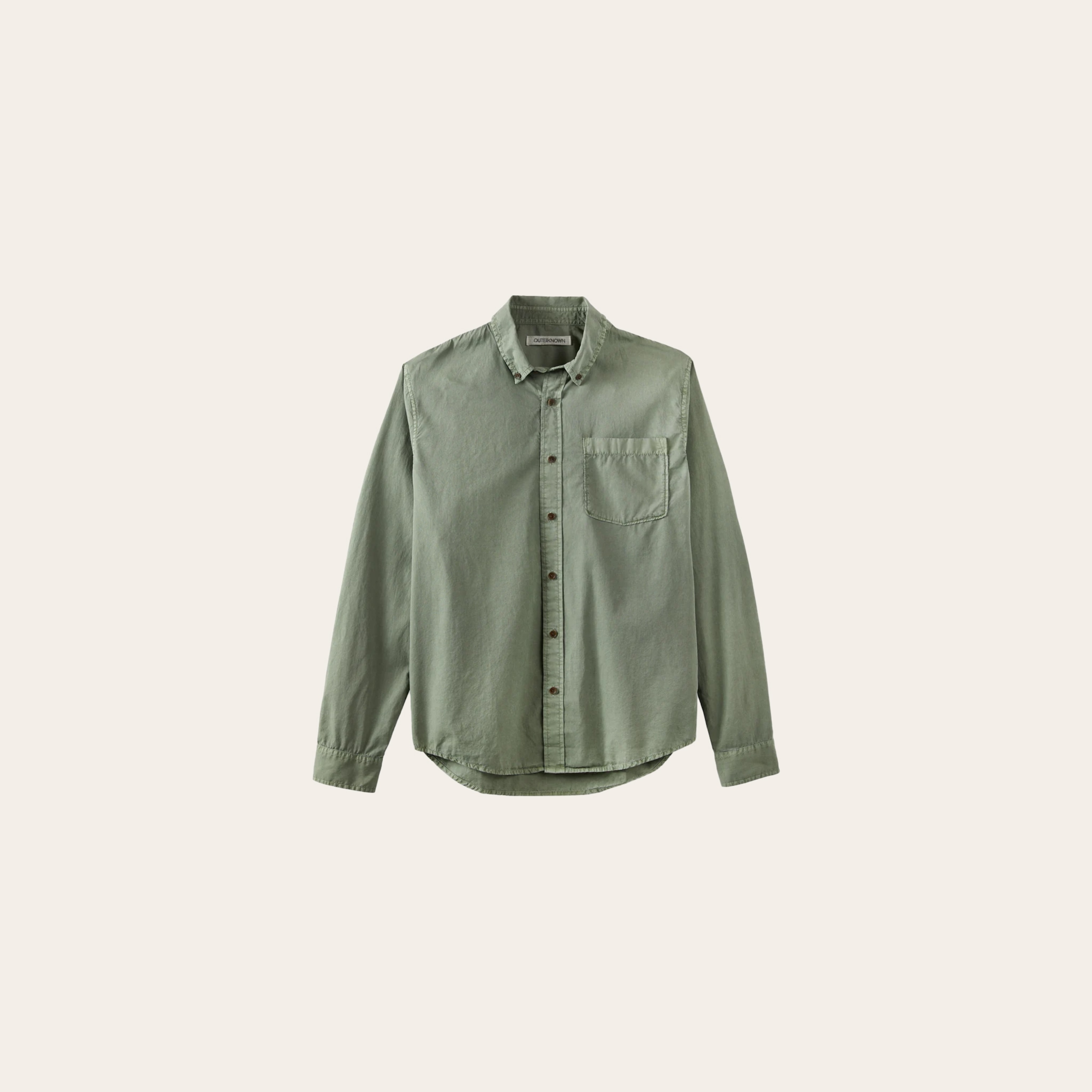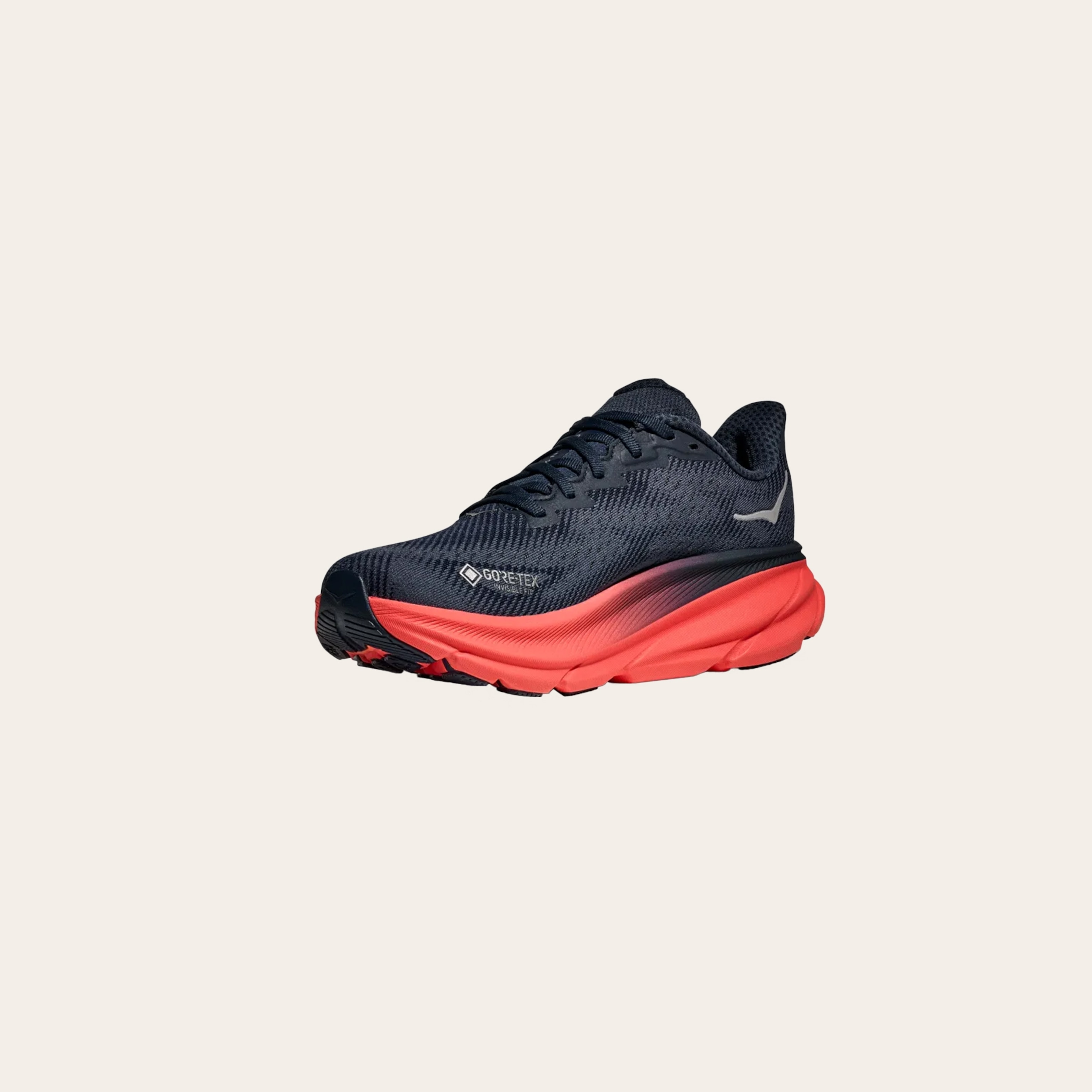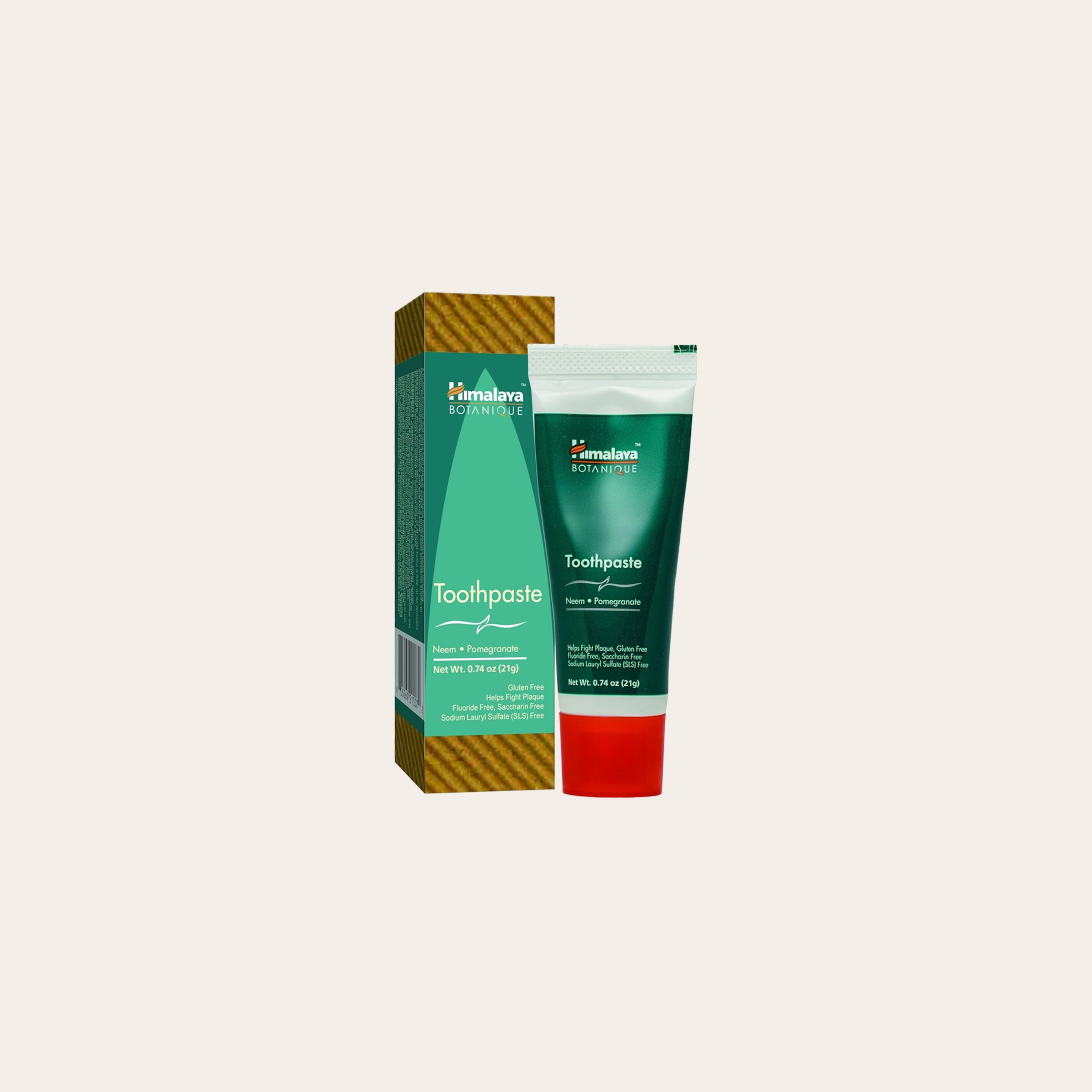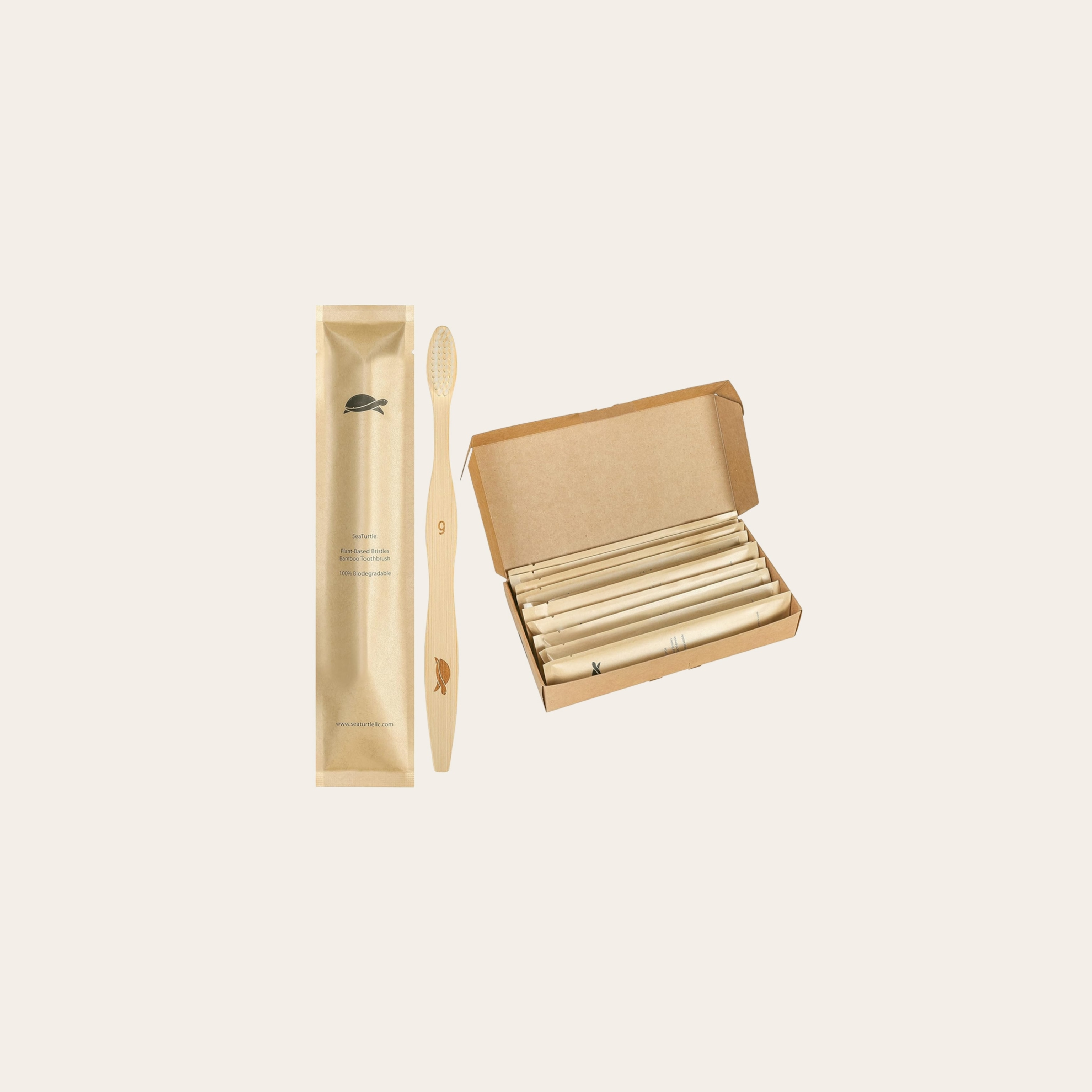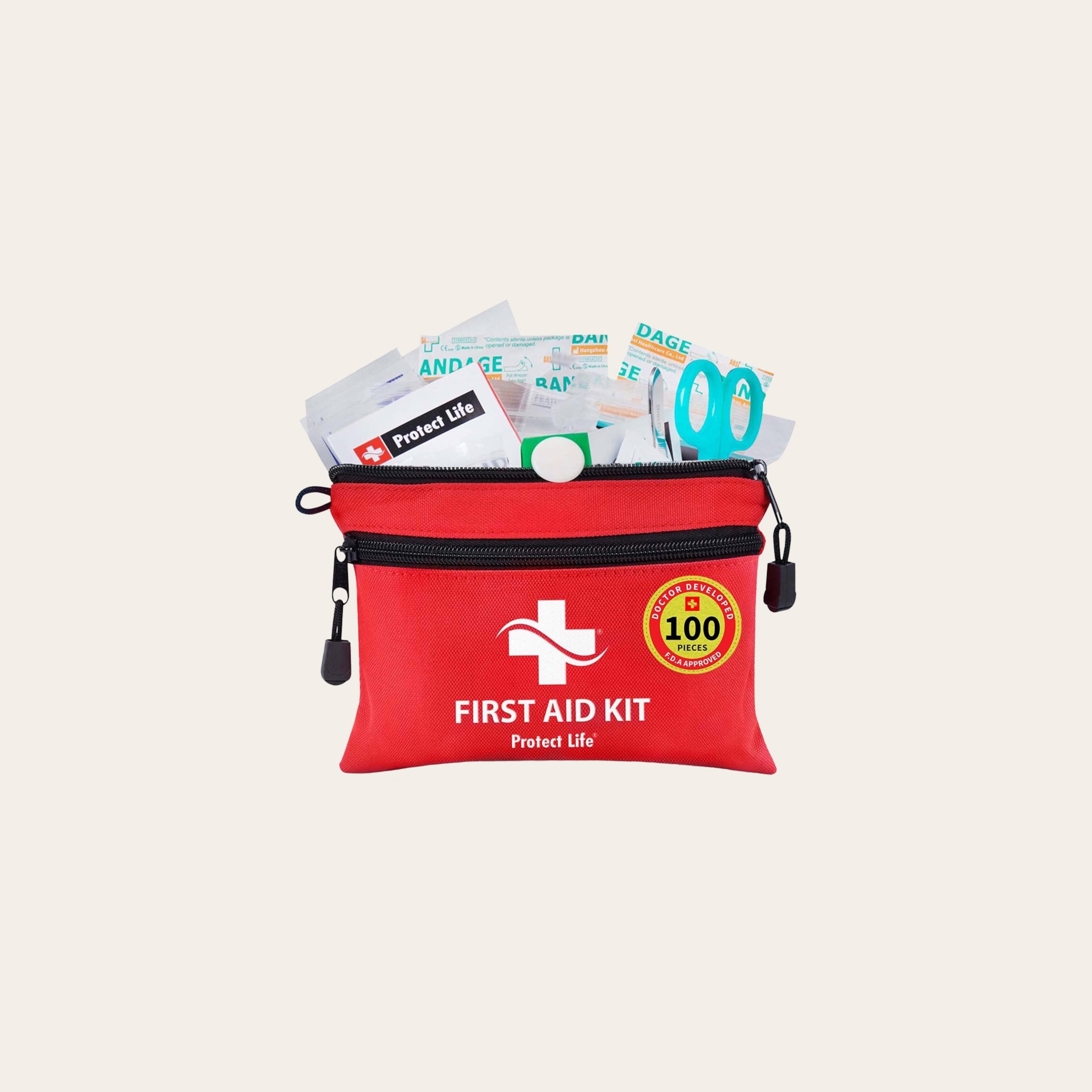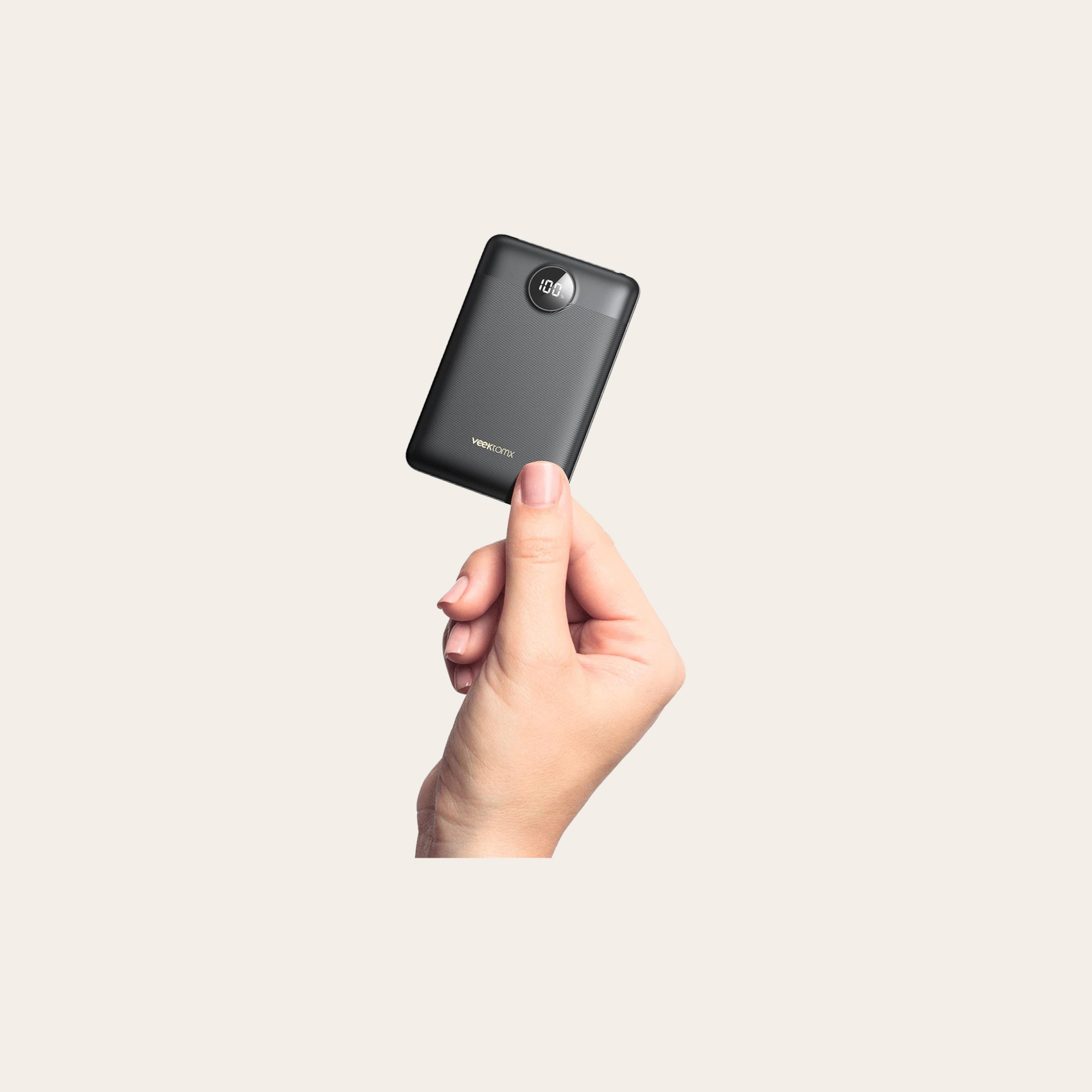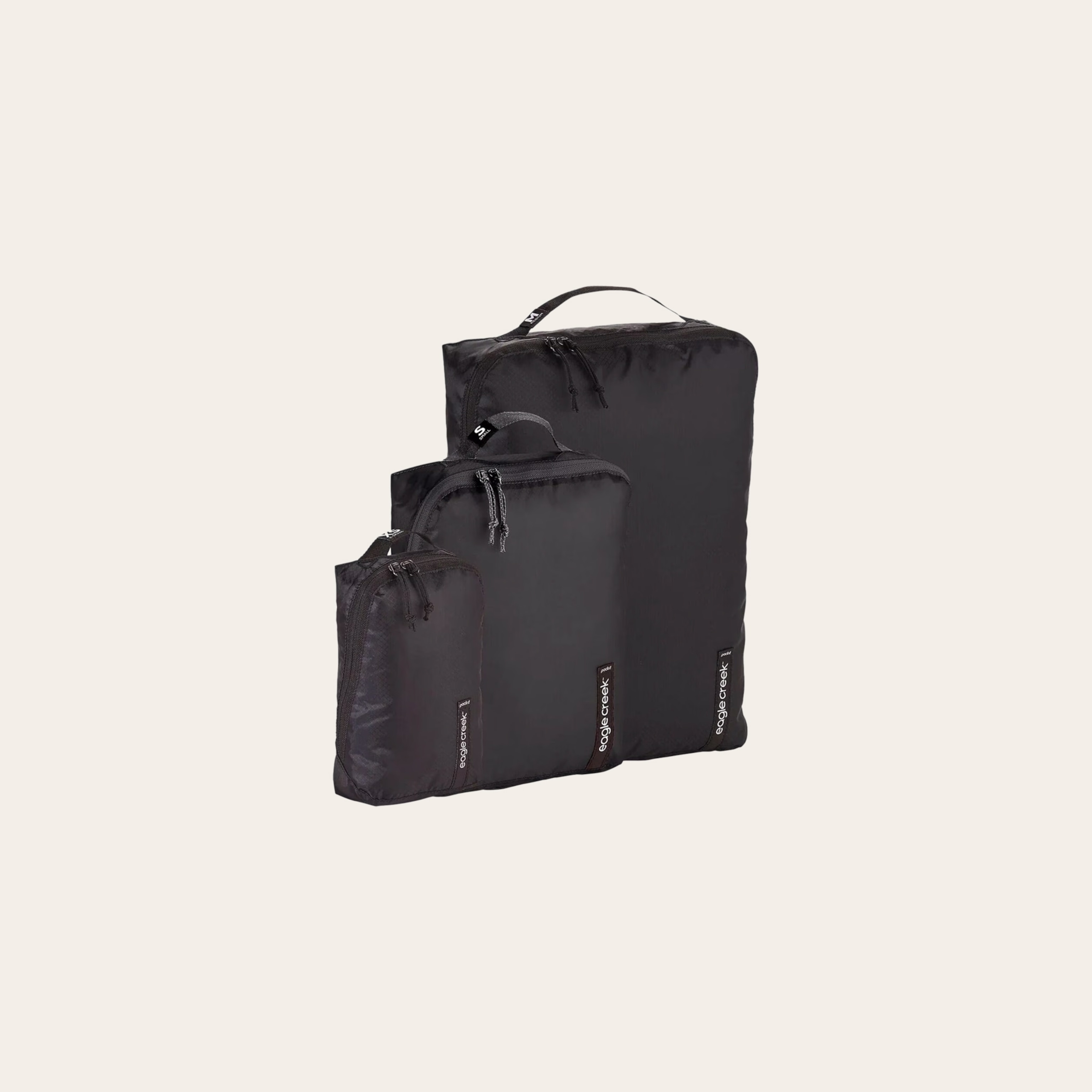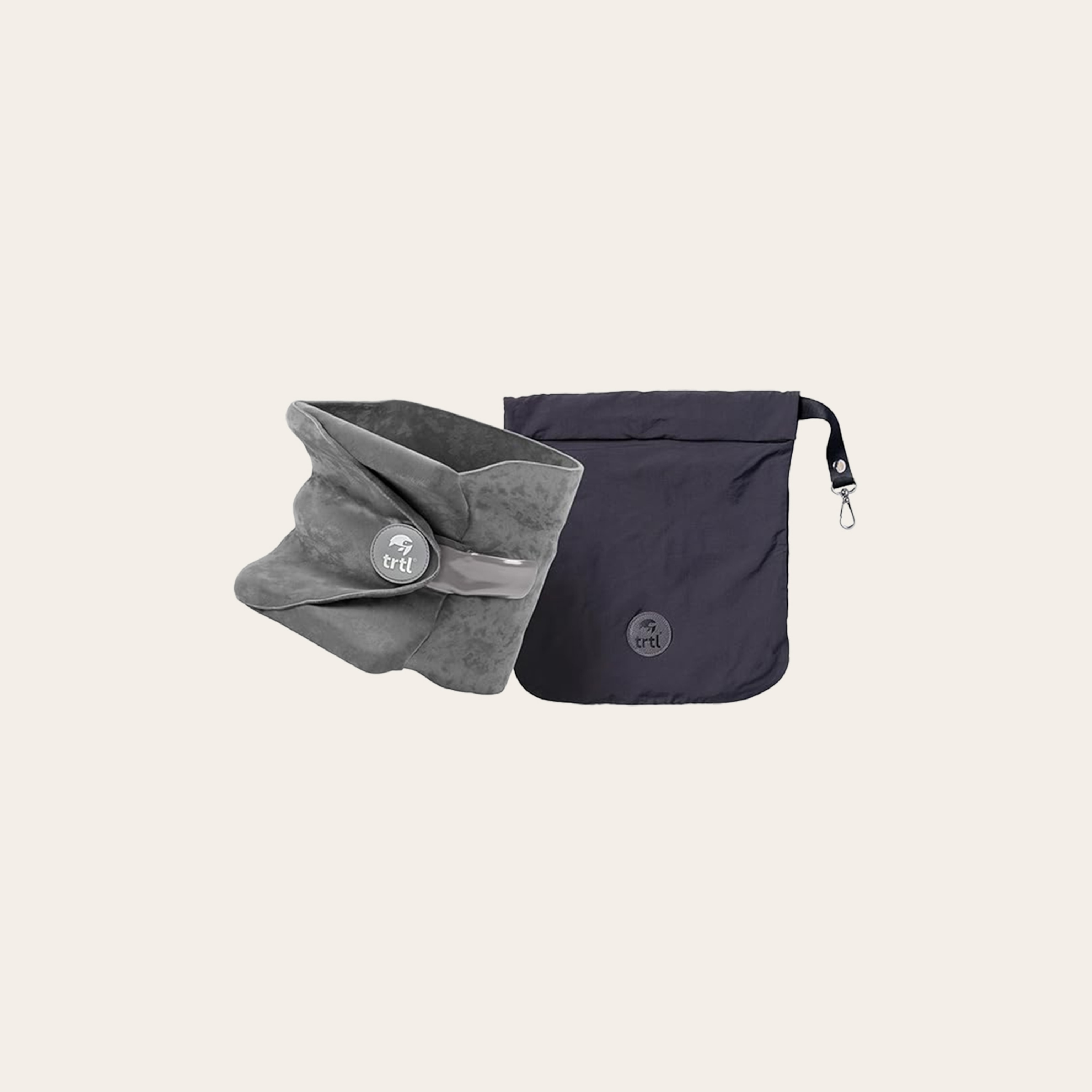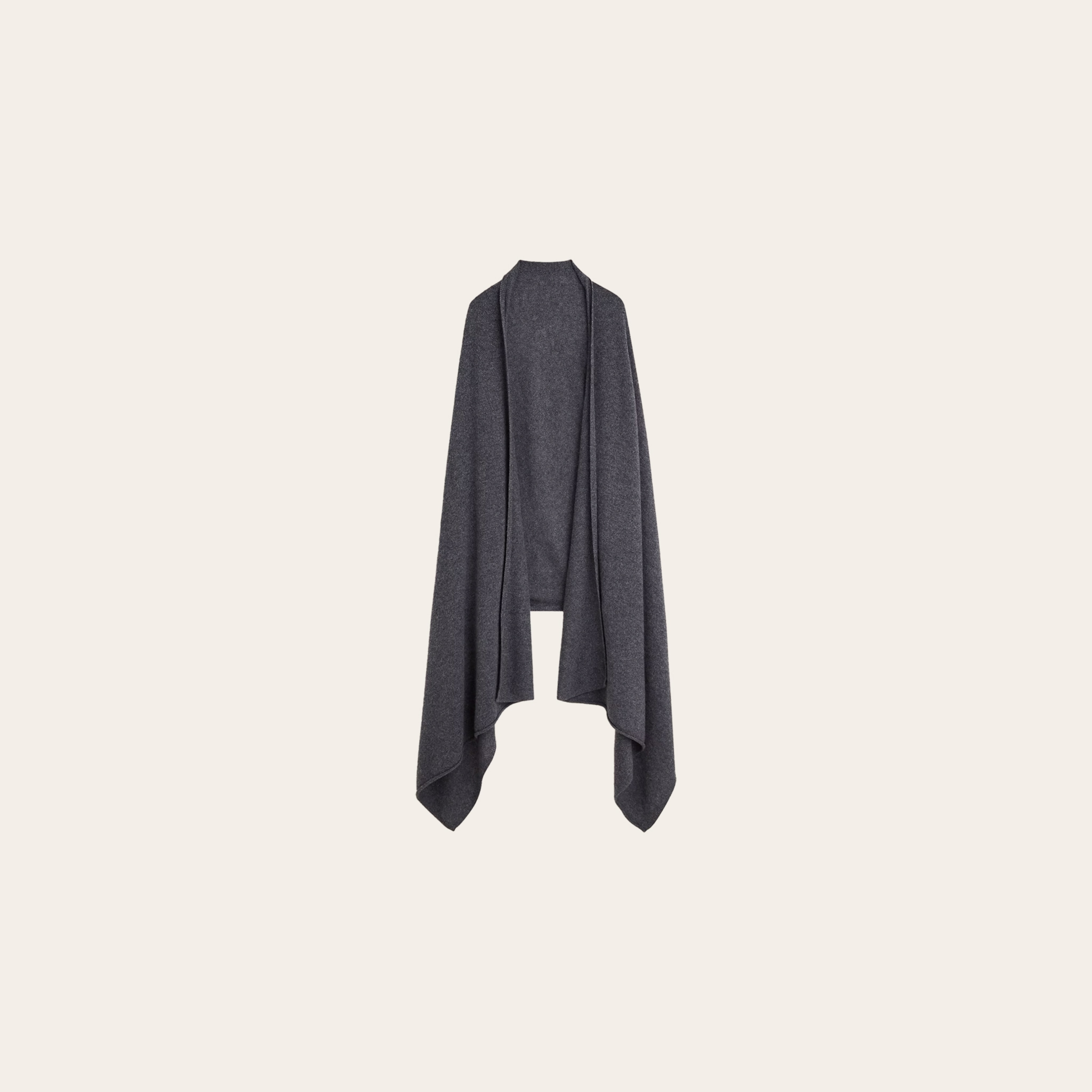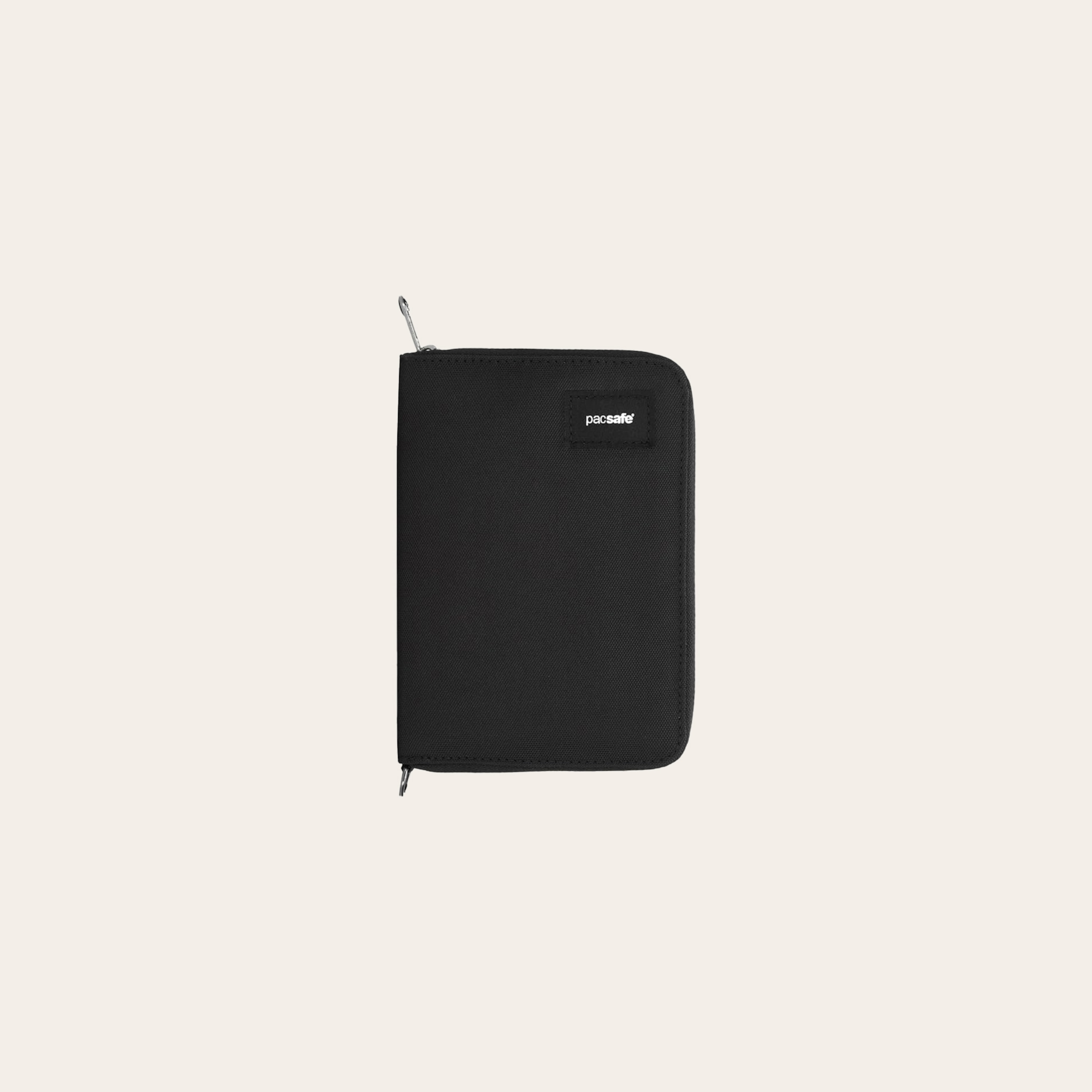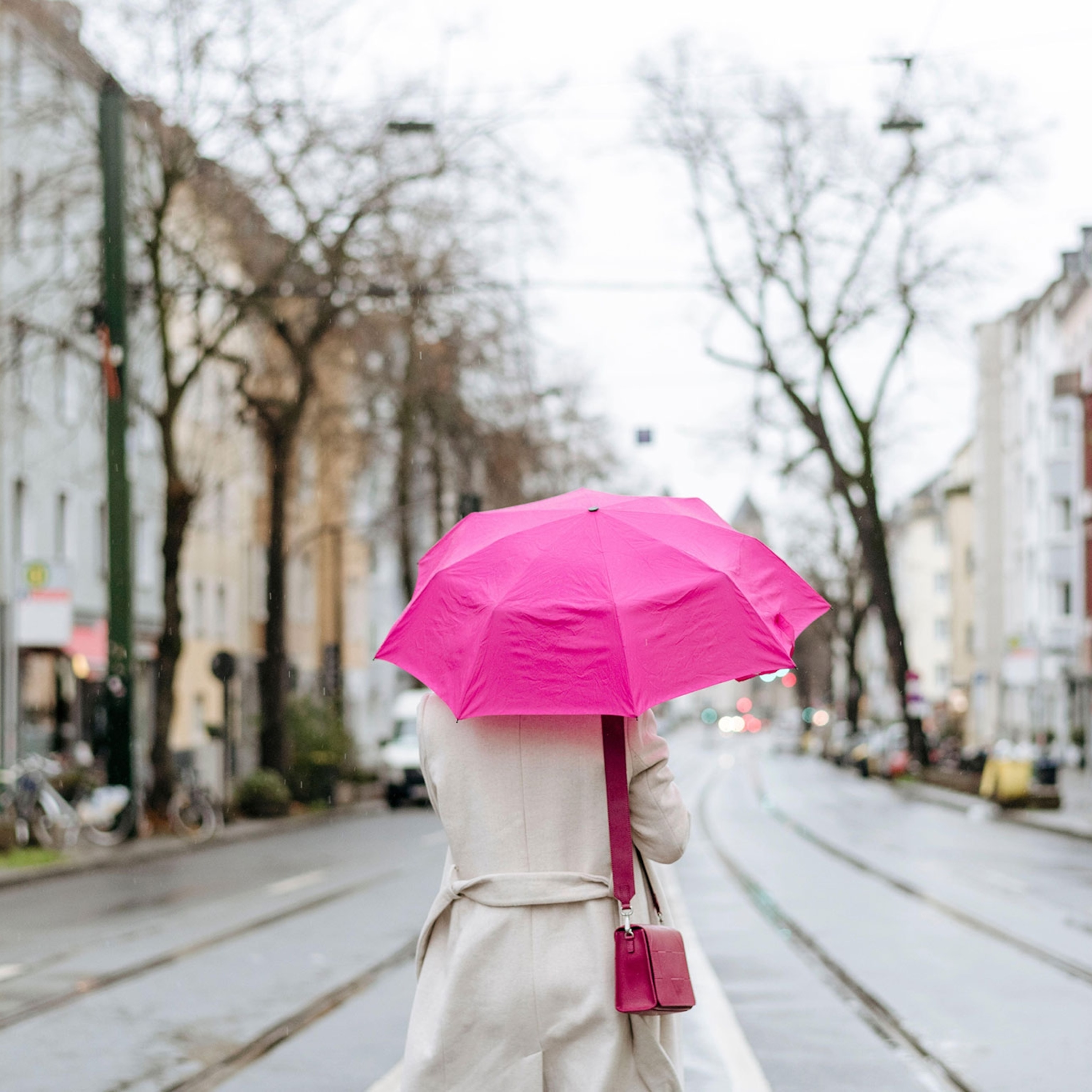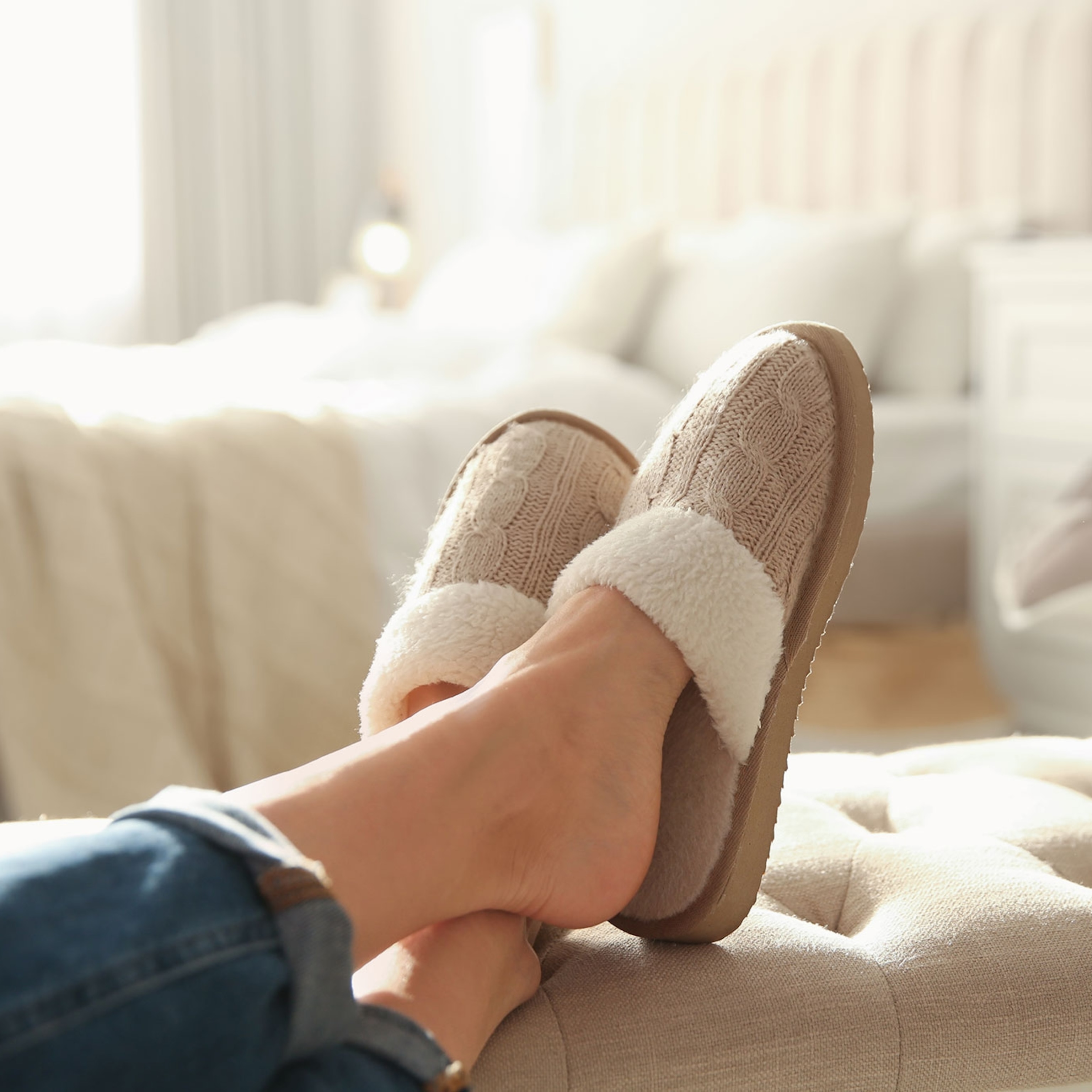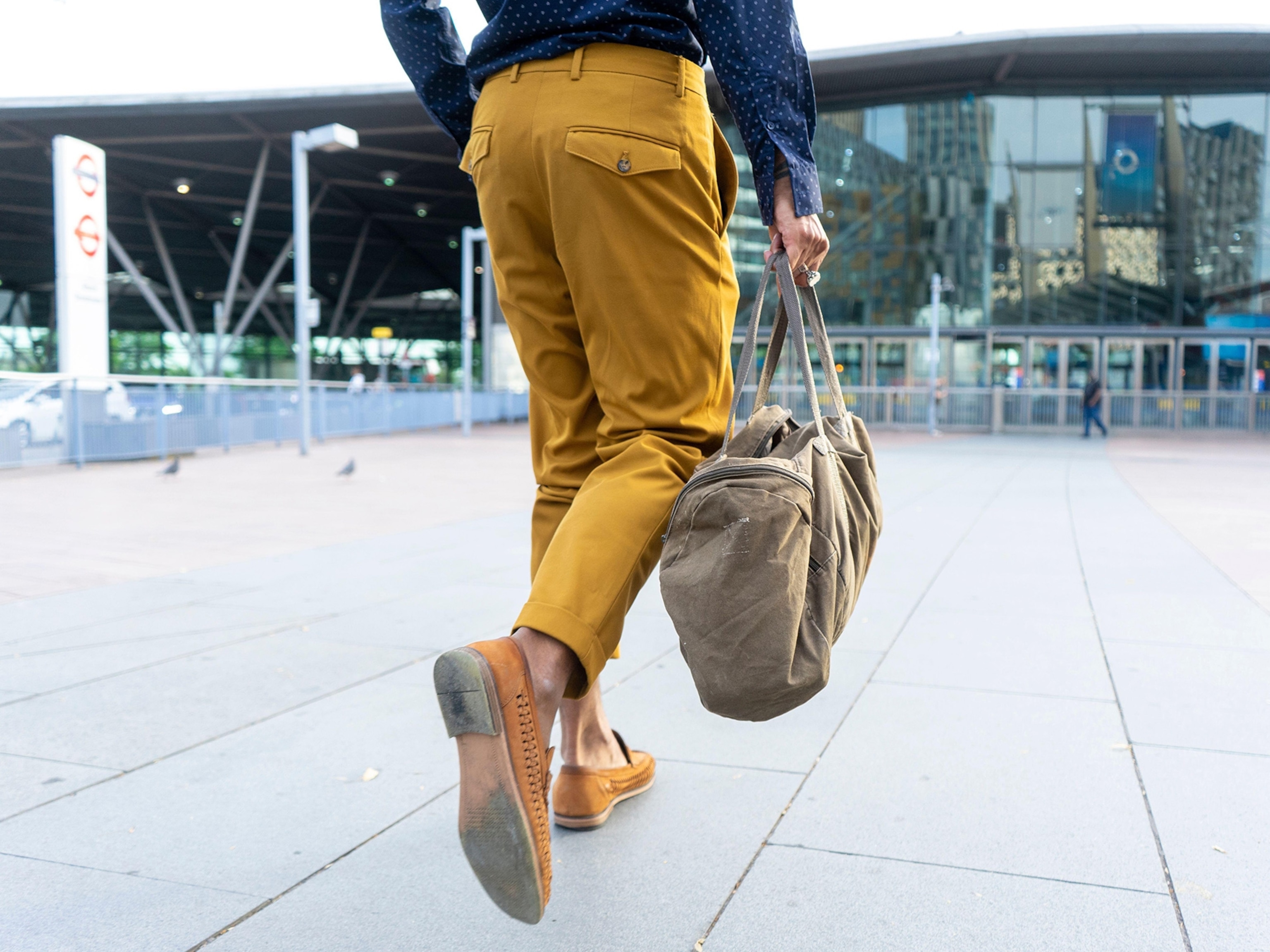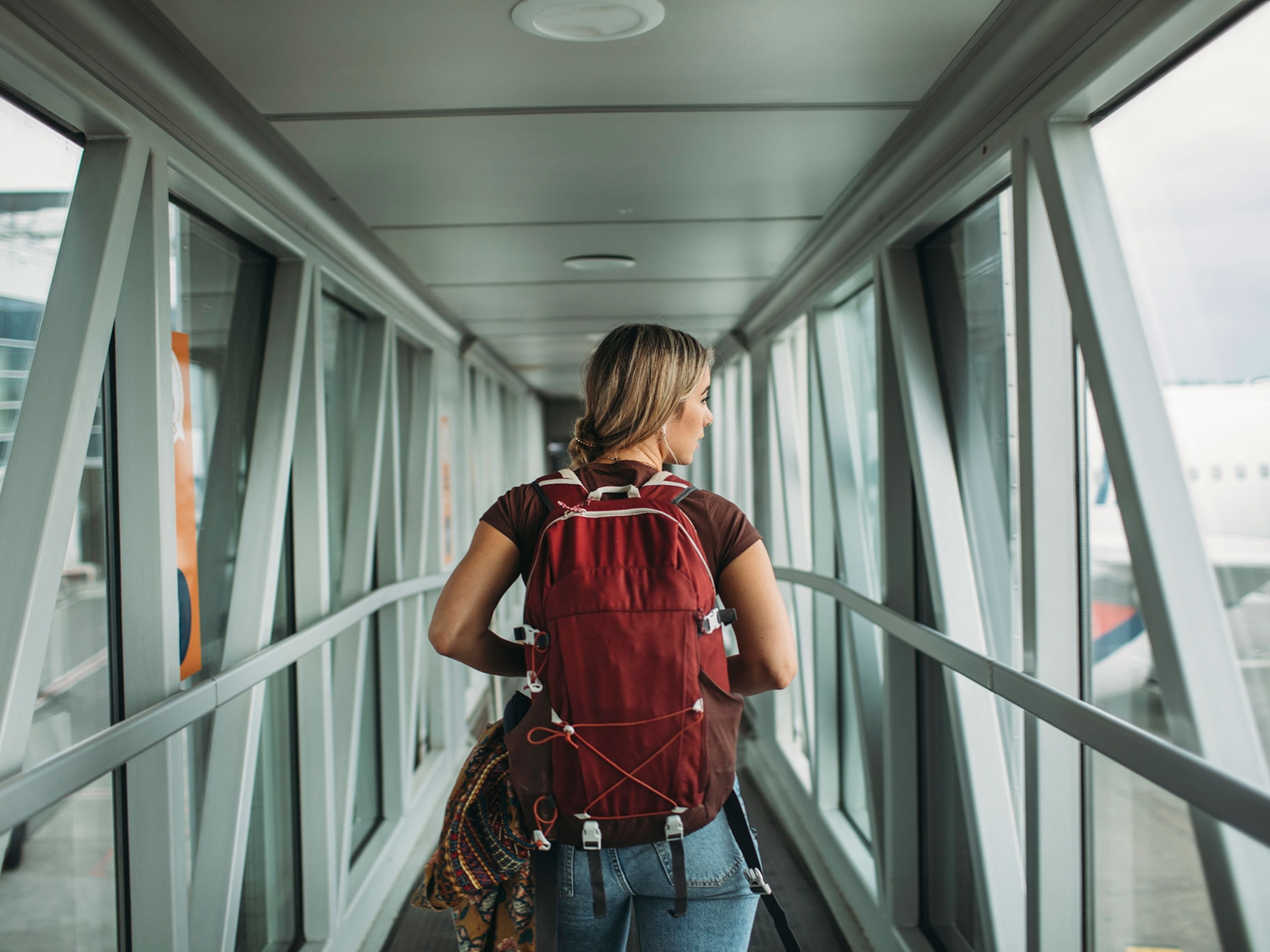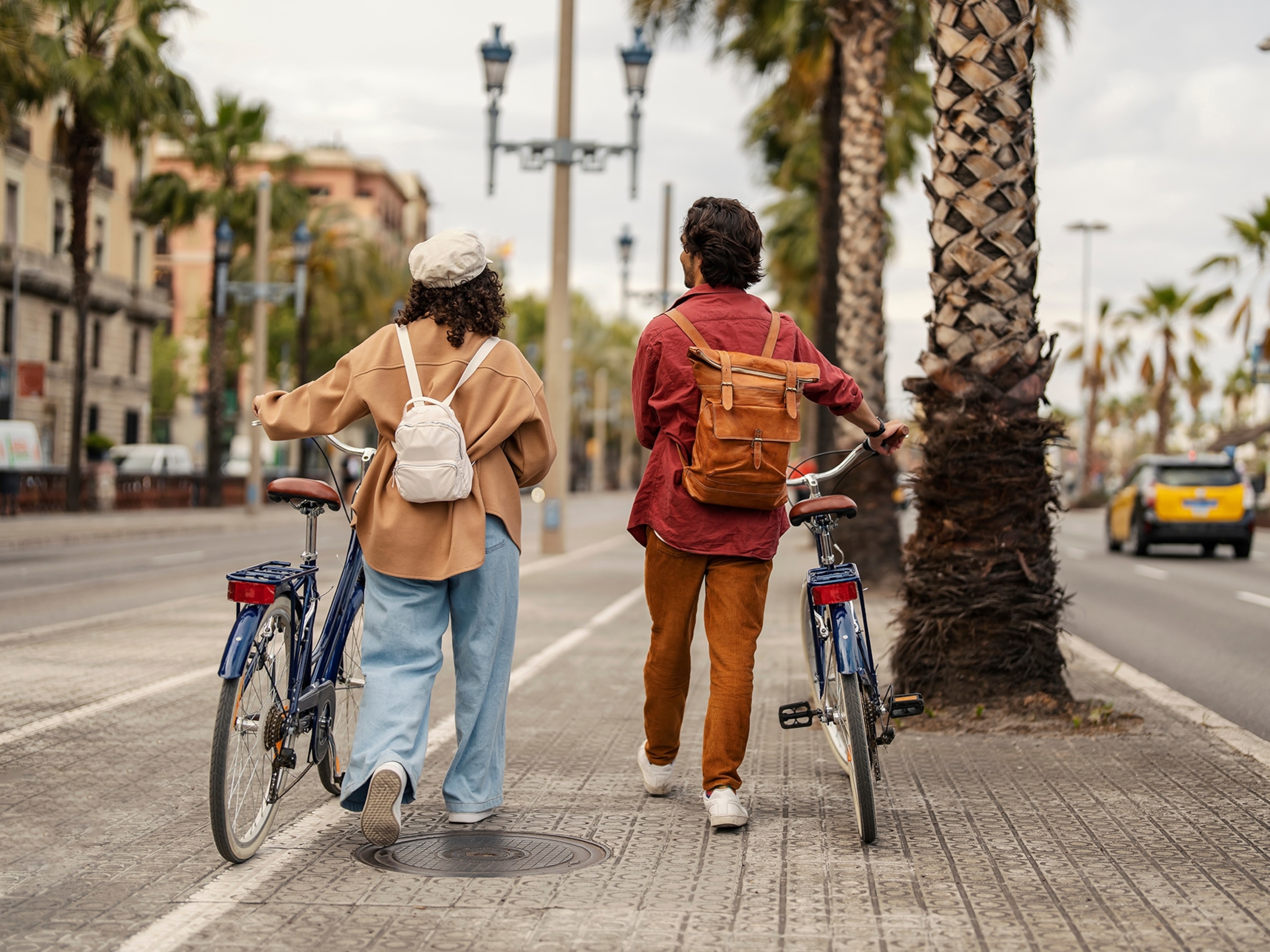Here’s how to pack light for an international trip
Our travel pros offer a liberating plan for taking everything you need, without the hassle of heavy suitcases.
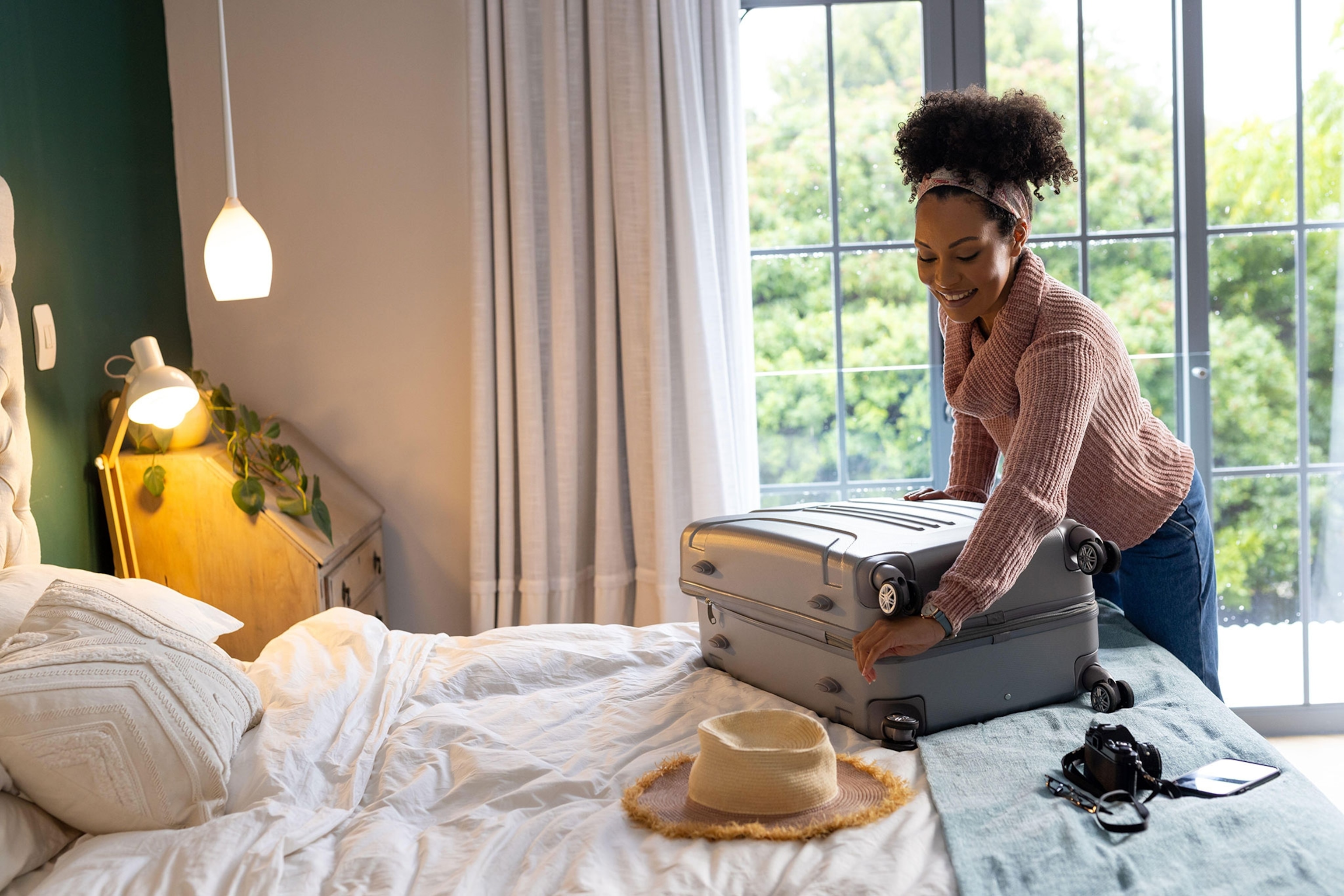
Packing light for an international trip not only saves money in extra luggage fees, but it’s also liberating, allowing you to focus on what’s important—your trip.
I mostly travel internationally, almost exclusively with just a carry-on. It saves time at the airport and I don’t have to worry about check-in luggage getting lost, leaving me with nothing to wear in a remote location.
It may seem challenging to pack a week’s worth of clothing in just a carry-on, but it’s actually quite doable. The key to packing light is planning ahead and using space wisely. You may have to invest in a few versatile clothing pieces and footwear, but you’ll be reaching for them repeatedly on all your international trips.
How to pack light for international travel—step by step
Here are 10 steps for packing light for an international trip, plus our favorite space-saving products and expert tips below.
- Step 1: Start with the right travel bags
- Step 2: Make a list, long before you start packing
- Step 3: Plan outfits, instead of items
- Step 4: Choose only a couple pairs of shoes
- Step 5: Limit toiletries
- Step 6: Go easy on the tech
- Step 7: Use packing cubes
- Step 8: Roll instead of fold
- Step 9: Organize airport necessities
- Step 10: Weigh your packed bags
Step 1: Start with the right travel bags
A carry-on bag should be as light as possible, so it’s easy to roll around and lift. There are pros and cons to both hardshell and soft-sided suitcases—a hardshell carry-on protects your belongings better, but soft-sided bags have more room. However, others, like duffles, are more difficult to tow around.
A backpack makes a great personal item but make sure it fits under an airplane seat. If you plan to pick up souvenirs overseas, you can travel with a sling bag or a small handbag and pack a foldable backpack for your trip back.
Our pick for a carry-on: July Carry-On Light
At 3.9 pounds, this carry-on may be the lightest on the market. It’s 21 inches and has smart interior organization, which includes compression zippered panels. An adjustable handle and four double-spinner wheels make it easy to weave through transportation hubs and busy sidewalks.
Our pick for a backpack: Zomake Ultra Lightweight Hiking Backpack
There’s more to this backpack than its wallet-friendly price tag. I’ve traveled with it to French Polynesia, Europe, and the Caribbean. It’s made of lightweight water-resistant nylon (it weighs only half a pound), and at 20 liters, it offers a good amount of space for packing, as well as multiple pockets. But what I love most is that I can fold it and store it in a case that’s about seven inches big.
(Lighten your travel load with these go-anywhere carry-ons)
Step 2: Make a list, long before you start packing
This is an important step for packing faster and more efficiently. I usually start my list days before my trip so that I have plenty of time to prepare. Travelers planning to visit remote destinations, such as Greenland or Canada’s Northern Territories may need extra time to research special items to purchase and try out.
I write down everything I would like to have with me. On packing day, I narrow down that list to just the essentials. For example, I always include my Canon DLSR camera on my international packing list. However, I bring it only if I’m going away for a few days and have enough room. If I don’t, I pack compact alternatives, such as my GoPro camera.
Step 3: Plan outfits, instead of items
Thinking about what you’ll wear before you start packing is the antidote to overpacking. Start by taking a good look at your itinerary and carefully imagining your daily activities and special events. Plan to re-wear items like pants, shorts, jeans, dresses, and skirts as much as possible.
One mistake that travelers often make is packing too much underwear, says Chris Dong, a Los Angeles, California-based travel writer, whose travels are primarily international. “Seriously, you probably don’t need two pairs per day.” Besides thinking through his itinerary, Dong says he always packs versatile base layers, which don’t take up too much room.
Our clothing picks:
Waterproof and windproof jacket: Patagonia Storm Racer Jacket
This wind- and rain-proof jacket is handy for lots of climates. I have worn it during tropical rains in the valleys of Tahiti and as an outer shell in Ushuaia. It has an adjustable hood (helpful during strong winds and downpours), and a chest pocket that doubles as the jacket’s travel case. I suggest sizing up if you plan on wearing it over bulkier layers since it has a slim fit.
Versatile dress: Frank & Eileen Classic Shirtdress
Versatility is key when packing for an international trip. Frank & Eileen has been my choice for well-made shirts for many years because of the fabric quality and classic designs.
This shirtdress comes in so many colors and fabrics that it may be difficult to choose just one. It’s made from Egyptian cotton in Italy and has no stretch, which means it won’t lose its shape.
I love the denim version because it’s easy to dress up or down. Wear it unbuttoned as a light jacket over a T-shirt or with leggings. For a more elevated look, pair with opaque tights.
Classic shirt: Outerknown The Studio Shirt
Surfing fans may be familiar with Outerknown, the sustainable fashion line by 11-time world champion Kelly Slater. The brand’s comfortable cotton Studio shirt is inspired by the timeless appeal of poplin shirts. You’ll see it in details, such as the button-down collar and classic fit. This one has a more laid-back vibe, so you can easily style it with jeans or dressier pants.
(Here’s how to build the most versatile capsule wardrobe)
Step 4: Choose only a couple pairs of shoes
Footwear is the hardest category to narrow down because we assign them to certain outfits or activities, leading to overpacking.
“If shoes are taking up more than a quarter of your bag, you’ve packed way too many pairs,” says Christina Liao, a Charlotte, North Carolina-based writer and travel adviser.
The solution is to invest in a couple of multipurpose shoes—one comfortable pair for exploring cities or working out and another for restaurants and special events.
Our pick: Hoka Clifton 9 GTX (women’s; men’s)
I have traveled exclusively in a pair of Hoka Clifton 9 GTX in black since the brand introduced its water-resistant GTX line in 2023. As with every Hoka shoe, these are comfortable right out of the box. The signature high cushion soles make them the best shoes for walking and other daily activities, no matter the weather.
(Here are the best walking shoes for every kind of traveler)
Step 5: Limit toiletries
Liao says she never packs shampoo and conditioner, relying instead on whatever is available at hotels. Taking too many beauty essentials and toiletries not only eats up valuable real estate in your backpack, but it also risk spills, potentially ruining the few things you so carefully packed.
International regulation follows the 3-1-1 rule that limits the amount of liquids to 3.4 ounces per container. You can further edit down toiletries by packing only essentials.
For me, that’s usually just a toothbrush, toothpaste, face cleanser, and moisturizer. Even if I’m going away for a week or longer, I usually pack toiletries for three to four days. As soon as I’ve used up my stash, I hit the local shops. Doing so can be a great way to discover new-to-you brands, as I have.
Our picks for dental:
Himalaya Botanique Neem & Pomegranate Toothpaste
This plant-based fluoride-free toothpaste has a fresh, minty flavor and good foam. It has a smooth consistency that isn’t runny, and it feels gentle on sensitive teeth and gums. Because I travel frequently, I buy toothpaste in bulk. This one is available in packs of one, two, four, 10, and 20.
Sea Turtle Plant-Based Bristles
To save space, I never pack my electric toothbrush and charger. These individually wrapped bamboo toothbrushes do a great job of cleaning gently. The bristles are made from castor beans and soften with warm water. The pack has 10 numbered toothbrushes, so each family member has their own.
We also appreciate that the company says it donates a portion of sales to planting trees in the United States.
Our pick: Protect Life First Aid Kit
Along with your medications, it’s a good idea to pack a first-aid kit when you travel abroad. This one comes with a hundred items for treating minor wounds, including bandages, alcohol wipes, gauze pads, and an emergency blanket. However, it doesn’t contain over-the-counter pain medicine, like acetaminophen. Everything is contained within a seven-by-five-inch case that slips into a backpack.
Step 6: Go easy on the tech
Like everything else, it’s important to limit gadgets to just the basics. Take a universal power adapter that can charge your phone and laptop or tablet and a mini power bank for all-day activities.
Skip specialty equipment, like bulky housing for your GoPro or camera, and drones unless you absolutely need it. Even if you do, see if you can rent some of it at your destination.
Our picks for tech:
Universal Travel Power Adapter
This top-rated international adapter has four plugs for charging multiple devices at the same time. It fits 13 of the 15 socket types most widely used in the world (the two not included are primarily found in India and South Africa) and features six USB ports of types A and C.
While there are many portable power banks on the market, this one is about the size of a credit card. Despite its small size, it has three ports compatible with a wide range of Apple and Android devices, an LCD display for displaying the charge in percentages, and 10,000 mAh, which the maker says can fully charge a smartphone two to three times.
(Breeze through a long-haul flight with these essentials)
Step 7: Use packing cubes
There’s a reason many travel professionals swear by packing cubes. They help fit more items and keep belongings organized. Liao says she never travels without them and recommends sets with a compression zipper. Dong uses them for smaller items like socks and underwear.
Packing cubes are most efficient for clothing because you can compress everything to make room for more. However, they’re also great for compartmentalizing travel essentials for easier access. Make sure to invest in a set with multiple sizes for dresses, sweaters, and underwear.
Our pick: Eagle Creek Pack-It Isolate Cube Set
This set consists of three cubes with angled openings, which makes packing rolled and folded clothing much easier. Each cube has double zippers and a handle for easy carrying. But their best feature is probably the material they are made of—recycled water-resistant and ultralight nylon-like fabric.
Step 8: Roll instead of fold
When it comes to the most effective and space-saving folding technique, many frequent travelers favor a combination of folding and rolling. In general rolling is a great way to compress bulkier items and prevent wrinkles, while folding is best for delicate fabrics, such as silk or stretchy materials that may lose their shape if you roll them.
Step 9: Organize airport necessities
Backpacks can be a lifesaver if your carry-on gets checked at the last minute. Pack essentials like toiletries, medications, jewelry or other valuables, and travel documents. You’ll have everything you need with you and save yourself the frustration of having to rearrange everything in your bags.
Another benefit to carrying toiletries in your backpack? You’ll minimize the chance of ruining your clothes due to accidental spills and leaks. As a rule of thumb, I never place any liquids, spray bottles, or powdered makeup in my carry-on. The lower air pressure in the cabin may cause liquids to expand slightly and leak even from well-sealed containers.
Our pick, self-cleaning reusable water bottle: Larq Bottle PureVis
Water quality differs from country to country. I prefer to pack a self-cleaning bottle like this one on international trips. According to the company, the UV light technology kills bacteria and 99 percent of “bio-contaminants such as E.coli.” Press the button on the cap to disperse UV light inside the bottle.
Keep in mind that you have to charge the bottle every two to three weeks. The updated version comes with a water filter that Larq says removes chlorine and other chemicals.
I also appreciate the double insulation, which helps maintain the temperature of my beverage for hours.
Our pick, multipurpose travel pillow: Trtl
Standard travel pillows are not necessarily synonymous with compactness. That’s where Trtl stands out. Instead of bulky filling, this pillow has an internal support panel that keeps your head upright while you snooze. It wraps around the neck like a scarf and secures via a Velcro strap. It also comes with a case and it’s machine-washable.
Our pick, oversized scarf: J. Crew Cashmere Wrap
Most airlines provide blankets on international flights, but an oversized scarf like this one can also keep you cozy. This one is 79-by-33 inches—a great size for coverage on a plane or at your destination.
Our pick, organizer: Pacsafe RFIDsafe RFID Blocking Compact Travel Organizer
Storing travel documents in one convenient case will save you time at the airport and ensure a stress-free journey. This compact Pacsafe travel organizer has pockets and slots for everything, including passports and coins. For extra security and peace of mind, it’s made from RFID-blocking material and has a D-ring that you can clip to the inside of your backpack.
Our pick, e-reader: Amazon Kindle Paperwhite
Most travelers will pack at least a magazine or two in addition to books to kill time during long international flights. An e-reader is even better.
I switched to a Kindle a few years ago and recently upgraded to this Paperwhite version. It has a few new perks, like adjustable light warmth and brightness, a battery that lasts up to three weeks on a single charge, and waterproof construction.
(These traveler favorites can help you sleep better on a plane)
Step 10: Weigh your packed bags
Even if you’ve managed to fit everything in your bags, don’t skip this step. Some airlines, especially for international flights, have weight limitations for carry-on luggage. As a precaution, I aim for half a pound to a full pound below the limit.
Our pick, luggage tracker: Apple AirTags
“I use AirTags for both my suitcases and backpack. It gives me peace of mind, especially for checked bags,” Liao says. She adds that when visiting Japan, she ships her luggage between hotels and likes “to keep an eye on where they are at all times.”
AirTags are also a good idea if you have to check your carry-on or if it becomes lost.
What to know about packing light for international travel
Here are a few tried-and-true expert tips to keep in mind before you start packing for your next international trip.
International airlines have different size and weight limitations
Check your airline’s luggage weight and size limitations. Additionally, if you’re flying domestically while overseas, make sure your luggage adheres to the standards of those airlines. In Europe, for example, many airlines limit carry-ons to 17 pounds (8 kilograms). The weight limit may be even lower for low-cost airlines.
If you can’t keep luggage weight down, check your bag online before you get to the airport. In most cases, I’ve found paying online is cheaper than at the airport, where some airlines may even charge extra per kilogram.
Maximize your luggage allowance
If an airline allows you to bring a carry-on and a personal item, do so. Choose bags that are as large as possible, up to the airline’s limits, to maximize packing space. Some travelers prefer a softshell carry-on because they can be lighter and more flexible, if you need to squeeze in a small souvenir, for example. For personal items, I have found that a 35-liter backpack usually fits under the seat of most airlines, which, together with a carry-on, almost doubles the available packing space.
Think in terms of layering clothing
Dong and Liao both recommend packing layers for international trips, especially if you must factor in different climates.
“It’s certainly not easy when dealing with a temperature rollercoaster,” says Liao. Dong adds that versatile base layers can be a big help in planning outfits.
Track the weather
If you’re headed to a warm destination, pack clothing made from breathable materials, such as silk, linen, and cotton. Silk is much more compact than cotton, so at least a third of my clothing packing list is typically silk. Cotton and linen are easy to hand wash and dry overnight.
If you’re traveling someplace where temperatures may cool, layer up but avoid bulky sweaters. Merino wool is a wonderful option because of its thin and has many other qualities.
“Wool is a natural insulator and boasts several other benefits like breathability and odor reduction, so it’s a great material to have as part of your travel wardrobe,” Liao says.
To save even more space, wear the bulkiest items on your packing list, such as boots and jackets.
Don’t forget medications and prescriptions
You can always replace clothing or accessories, but you may not always be able to get prescription medications while you’re overseas. Be aware that rules about medications differ from country to country. It may help to have your prescription with your travel documents. Keep in mind that liquid medications must sometimes adhere to the 3-1-1 liquids rule and each container must be 3.4 ounces or less.
Be strategic about footwear
Shoes are often the bulkiest items to pack. Don’t bring more than two pairs and choose wisely. I love my Birkenstocks in the summer, but you’ll never find them in my carry-on, because they take up too much space. Instead, I pack a pair of leather flat sandals that I can wear both during the day and in the evening.
“I find that a versatile sneaker and one dressier shoe is usually all I need,” Liao says. Similarly, Dong always packs a pair of walking shoes and a pair of workout shoes for hiking and outdoor activities.
Check fabrics
There are multiple reasons why your clothing’s fabrics matter when you’re packing light for an international trip. Opt for multifunctional, lightweight, and high-performance materials like thin cotton, silk, linen, and wool for natural fabrics and nylon, polyamide (for underwear), and polyester for synthetics. With the exception of most silks and wool, these fabrics can be washed in a hotel room sink and hung to dry.
Frequently asked questions
How do you pack light for 10 days of international travel?
For trips longer than a week, especially in cooler climates for which you’ll have to pack bulkier items, plan to do laundry at least once at your destination. Some hotels have washing machines available to guests at no charge (you may have to purchase detergent). Check before booking. If that’s not an option, look up public wash and fold laundry services near your hotel.
What not to pack for international travel?
“Leave the ‘just in case’ items at home. I get it, options are great, but more often than not, you’re not going to wear or use them,” Liao says.
Unless you have a condition for which you need specific skincare items, try to simplify your beauty routine and pack the bare minimum. For trips to Europe, I avoid packing toiletries in general, and shop in local pharmacies and beauty stores.
How to pack light for a week of international travel?
You can fit a week’s worth of travel essentials and clothing in a carry-on if you plan well. “It’s all about being strategic while packing, making use of every tiny crevice like you’re playing Tetris,” says Liao.
Liao’s packing hack is sticking to one color palette for all international trips, saving tons of space and stress. “I like the clean look of an all-black outfit and I don’t have to worry about anything not matching,” she says.
Neutrals tend to be the most versatile. Pack no more than two pairs of shoes and wear the bulkiest one. Use packing cubes with compression straps and zippers and use every inch of available space around them, such as gaps between items and corner space.
